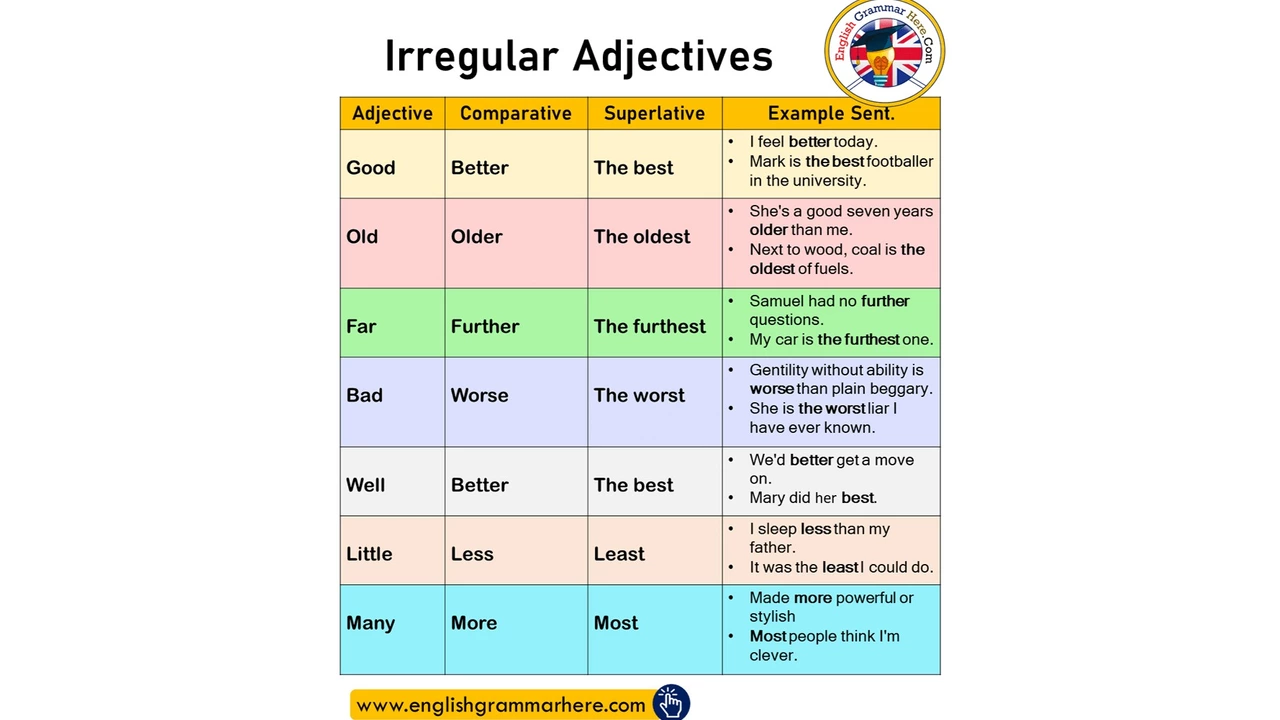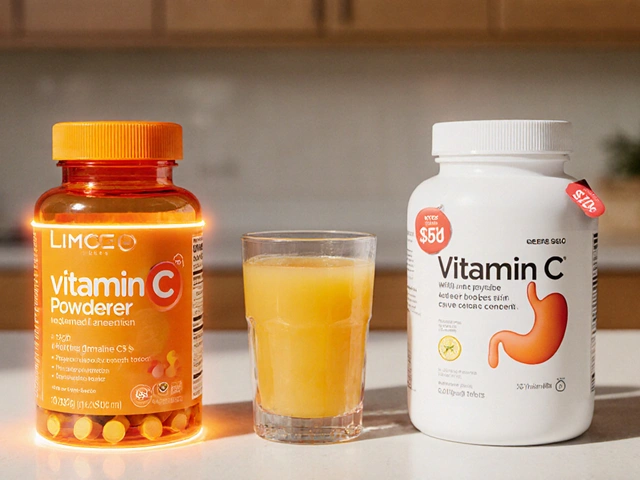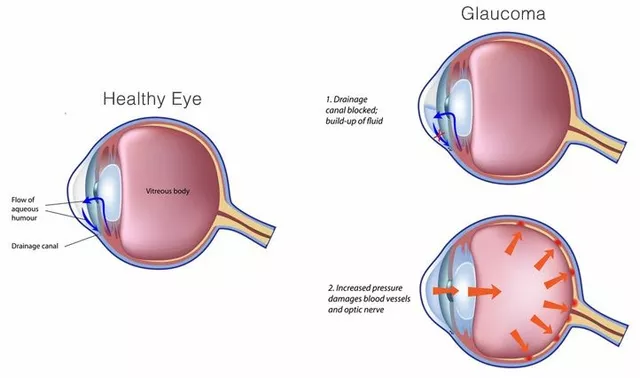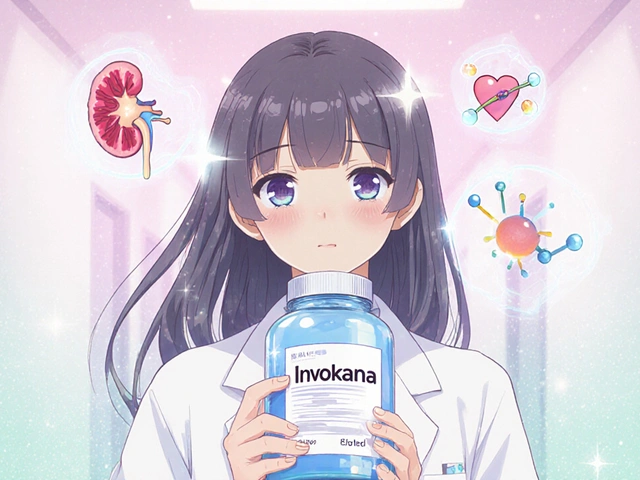Safety Comparison: How to Compare Drug and Pharmacy Safety
Cheap meds can save money — but not if they harm you. A simple safety comparison before you buy will protect your health and your wallet. Below are clear, practical checks you can run in minutes, whether you're buying a prescription, an antibiotic, or a supplement.
Quick safety checklist
- Active ingredient and dose: match the drug's name (generic and brand) and strength to your prescription.
- Regulator approval: look for FDA, COFEPRIS, or other national regulator stamps or certificates.
- Pharmacy credentials: verified seals (NABP/VIPPS, LegitScript) or a listed license number and physical address.
- Prescription requirement: real pharmacies will ask for one when needed — no prescription is a red flag for many drugs.
- Packaging and labeling: clear expiration date, batch number, manufacturer name, and patient leaflet.
- Price vs. normal range: extremely low prices often mean counterfeit or expired stock.
- Contact & support: there should be a phone number or chat with a licensed pharmacist available.
- Safe payment and shipping: secure checkout, tracking, and guidance for temperature-sensitive meds.
Use this checklist as your first filter. If a pharmacy fails even one of the core checks (regulator approval, prescription policy, or contact info), don’t buy from them.
Where to verify and what to avoid
Start with official sites. In the US, check FDA resources and NABP listings; for Mexico, look up COFEPRIS. WHO and national health ministries list trusted suppliers and safety alerts. For drug details and interactions, use a reputable interaction checker or the official patient leaflet.
Watch out for these common red flags: the site refuses a prescription for prescription-only meds, has only stock photos or inconsistent product images, asks for wire transfers or gift cards, shows multiple spelling errors, or offers no pharmacist contact. User reviews help — but treat anonymous praise with caution. Look for verified purchases and detailed experiences.
When comparing two options, weigh safety above savings. A slightly higher price from a verified pharmacy beats a risky deal. Keep copies of your order, batch numbers, and receipts. If something seems off after delivery — damaged packaging, strange smell, different color — stop taking the medicine and contact your doctor immediately. Report suspicious sellers to the appropriate regulator.
Want a quick rule of thumb? Verify the regulator, confirm a pharmacist is available, and match the product details to your prescription. Do that, and you’ll cut risk dramatically while still finding good prices and real savings.






